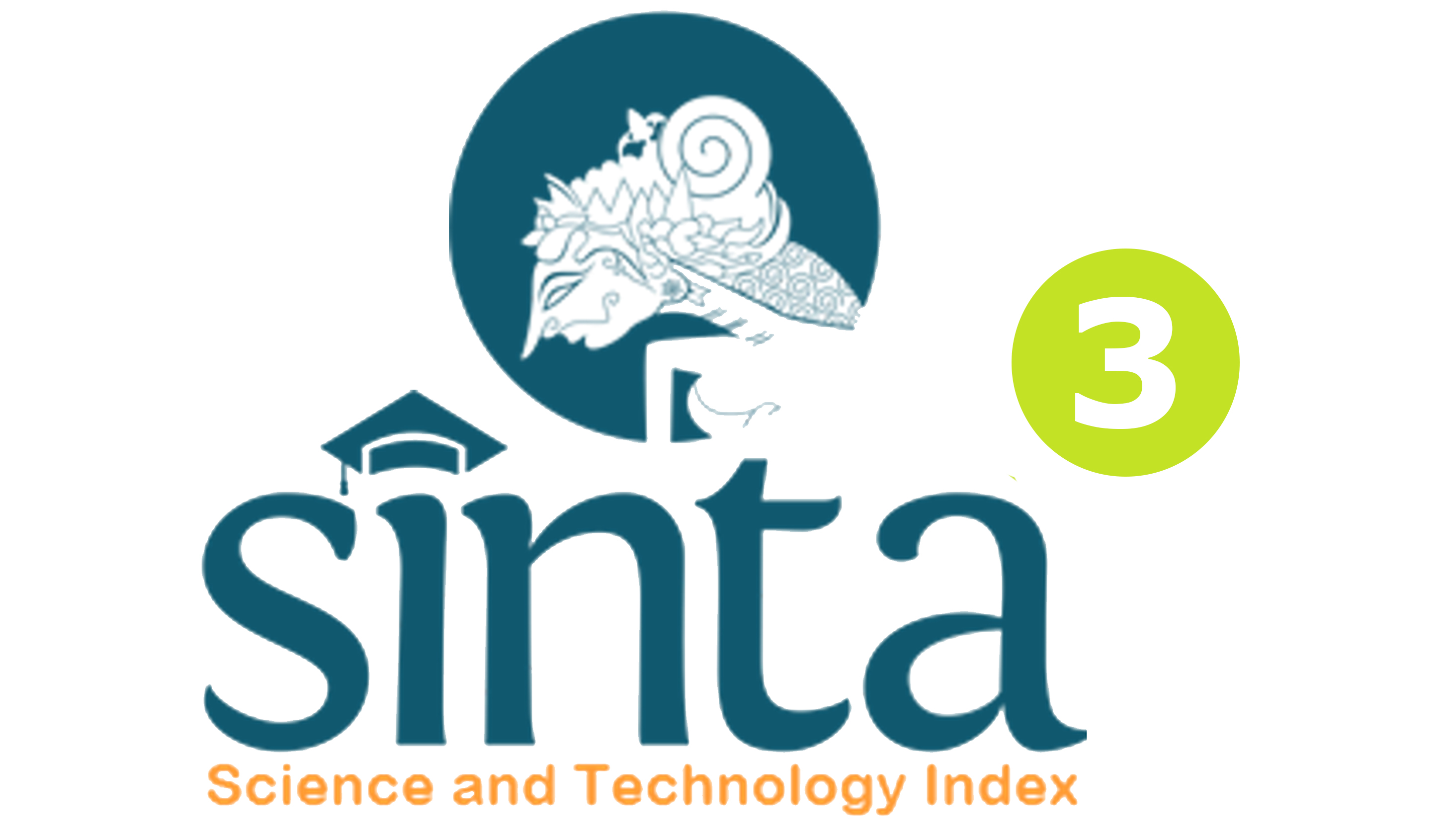ADAPTABILITAS KARIR DALAM PERSPEKTIF TEORI PERKEMBANGAN KARIR MARK L. SAVICKAS
DOI:
https://doi.org/10.23887/jjbk.v11i1.27362Abstract
Abstrak: Career adaptation theory savickas views that career adaptability as readiness to cope with predictable tasks to prepare and play a role in work, education, as well as being able to cope with unexpected situations that might arise as changes in work, working conditions and education. Savickas introduced the construct of career adaptability as a substitute construct for career maturity. Career adaptability can also be defined as a response to readiness and sources of individual coping, which are used to plan, explore and inform decisions about the possibilities for their career future. According to Savickas In career adaptability there are four dimensions that make individual adaptability more effective in carrying out his career, namely career concern, career control, career curiosity, and career evidence. Savickas also considers that if someone lacks career adaptability, then that person becomes apathetic, unable to decide, unrealistic, and refrained from achieving his career.
Kata kunci: Career Adaptability, Career Development, Mark L. Savickas
Downloads
Published
Issue
Section
License
Jurnal Ilmiah Bimbingan Konseling Undiksha is an Open Access Journal. The authors who publish the manuscript in this journal agree to the following terms:
JIBK is licensed under a Creative Commons Attribution 4.0 International License. This permits anyone to copy, redistribute, remix, transmit and adapt the work provided the original work and source is appropriately cited.
This means:
Jurnal Ilmiah Bimbingan Konseling is licensed under a Creative Commons Attribution 4.0 International License.
(1) Under the CC-BY license, authors retain ownership of the copyright for their article, but authors grant others permission to use the content of publications in JIBK in whole or in part provided that the original work is properly cited. Users (redistributors) of JIBK are required to cite the original source, including the author's names, JIBK as the initial source of publication, year of publication, volume number, issue, and Digital Object Identifier (DOI); (2) The authors are the copyright owner of the article, and the author grants the JIBK held the first publication right.










